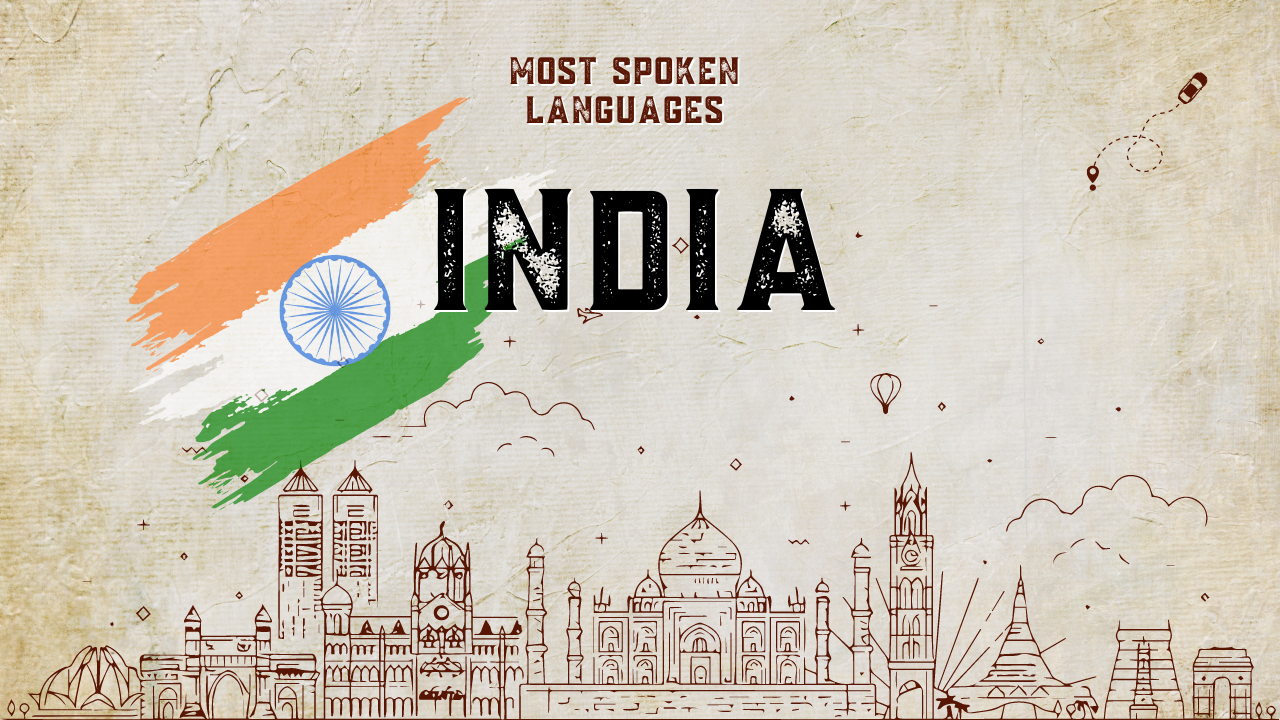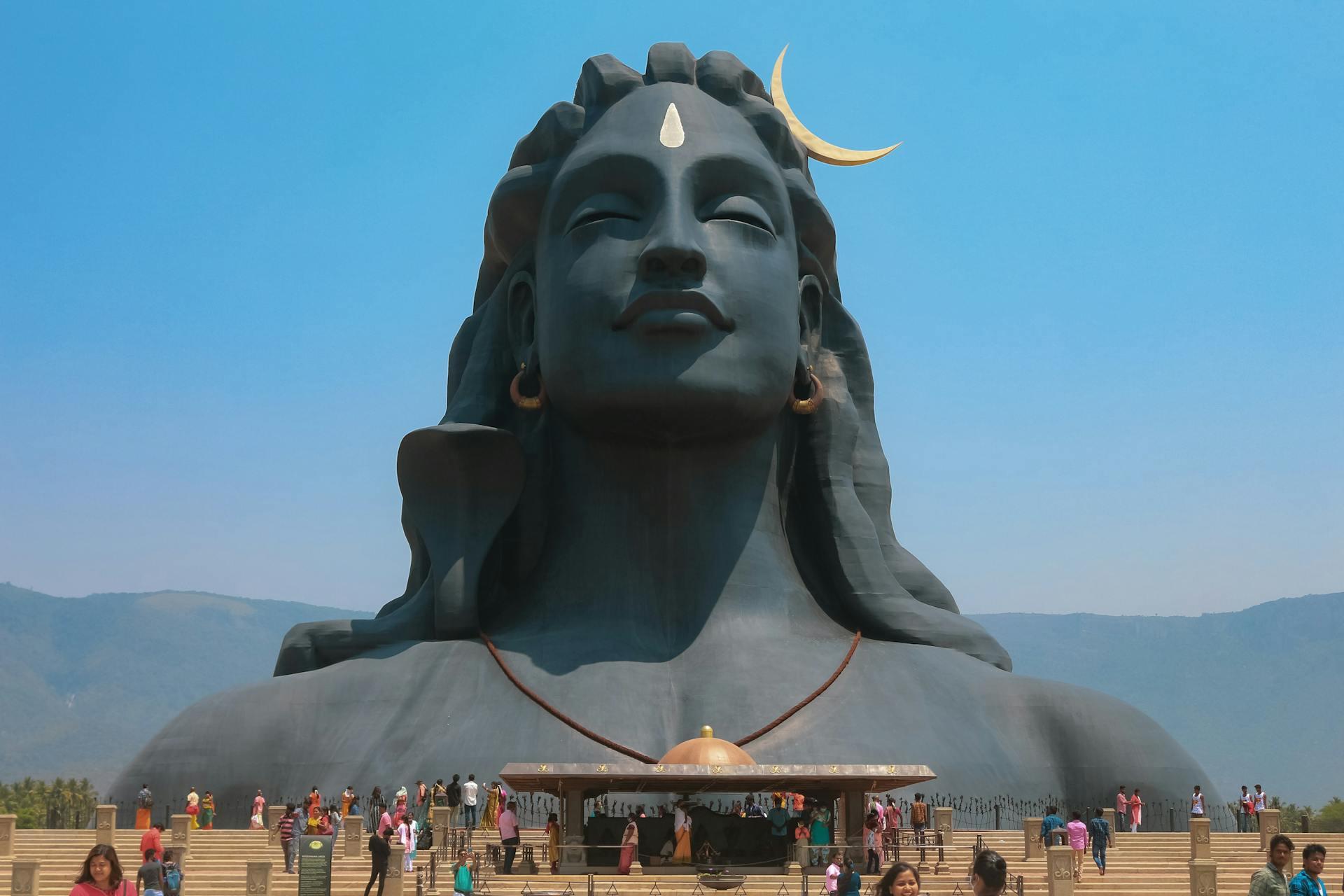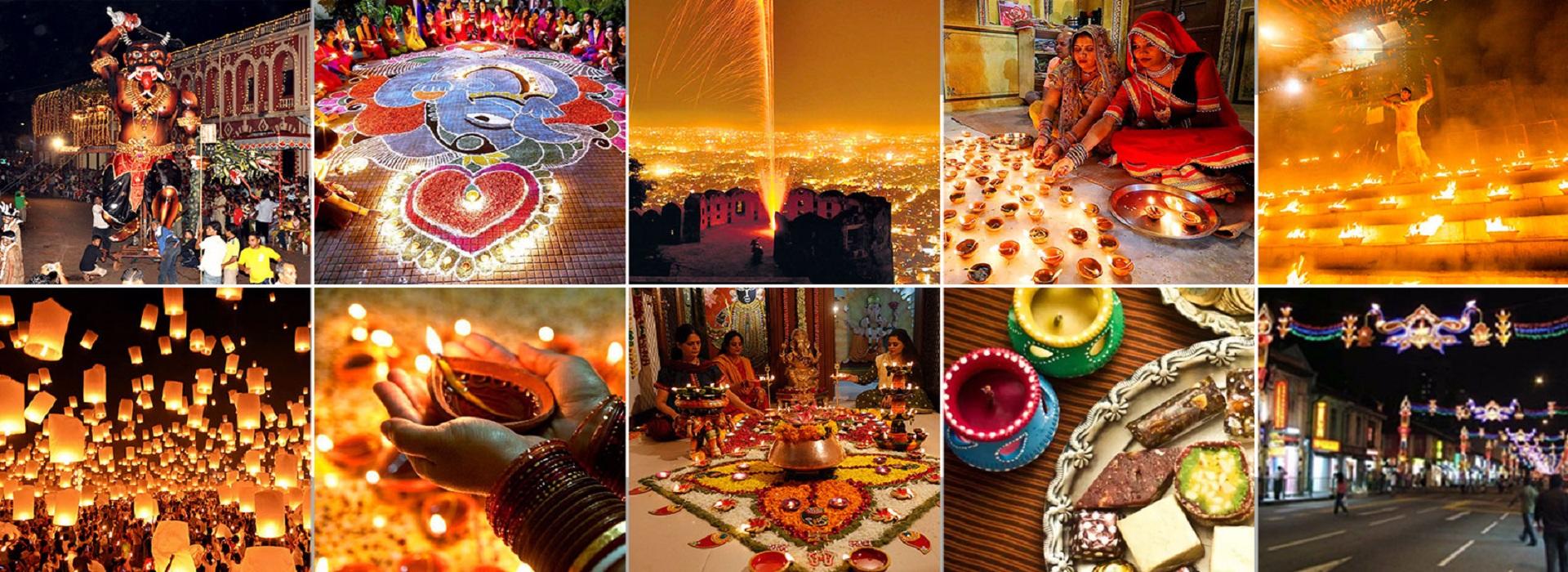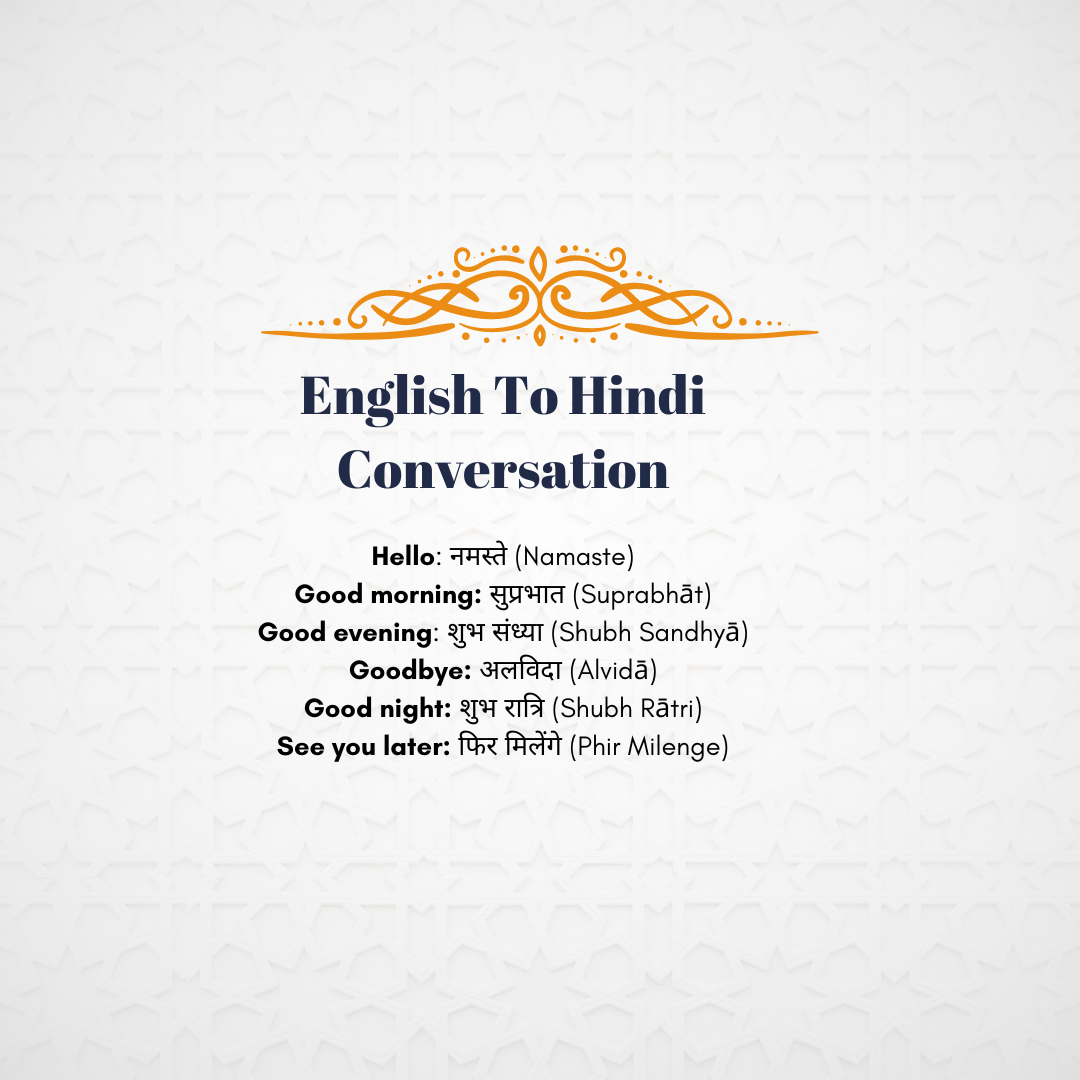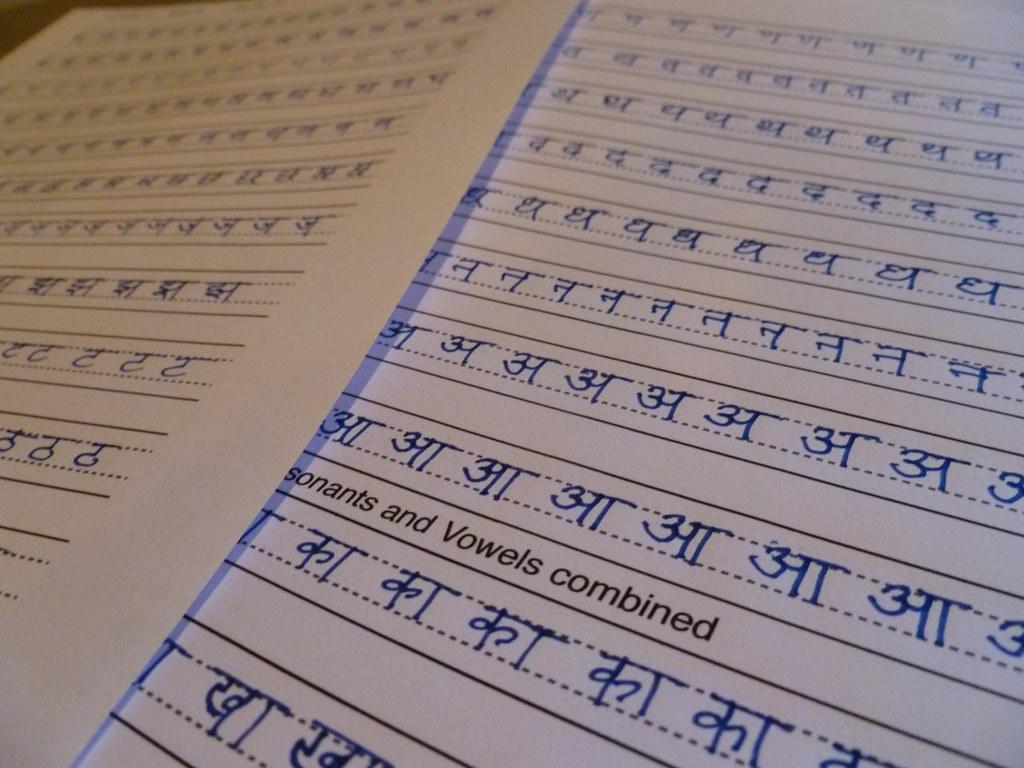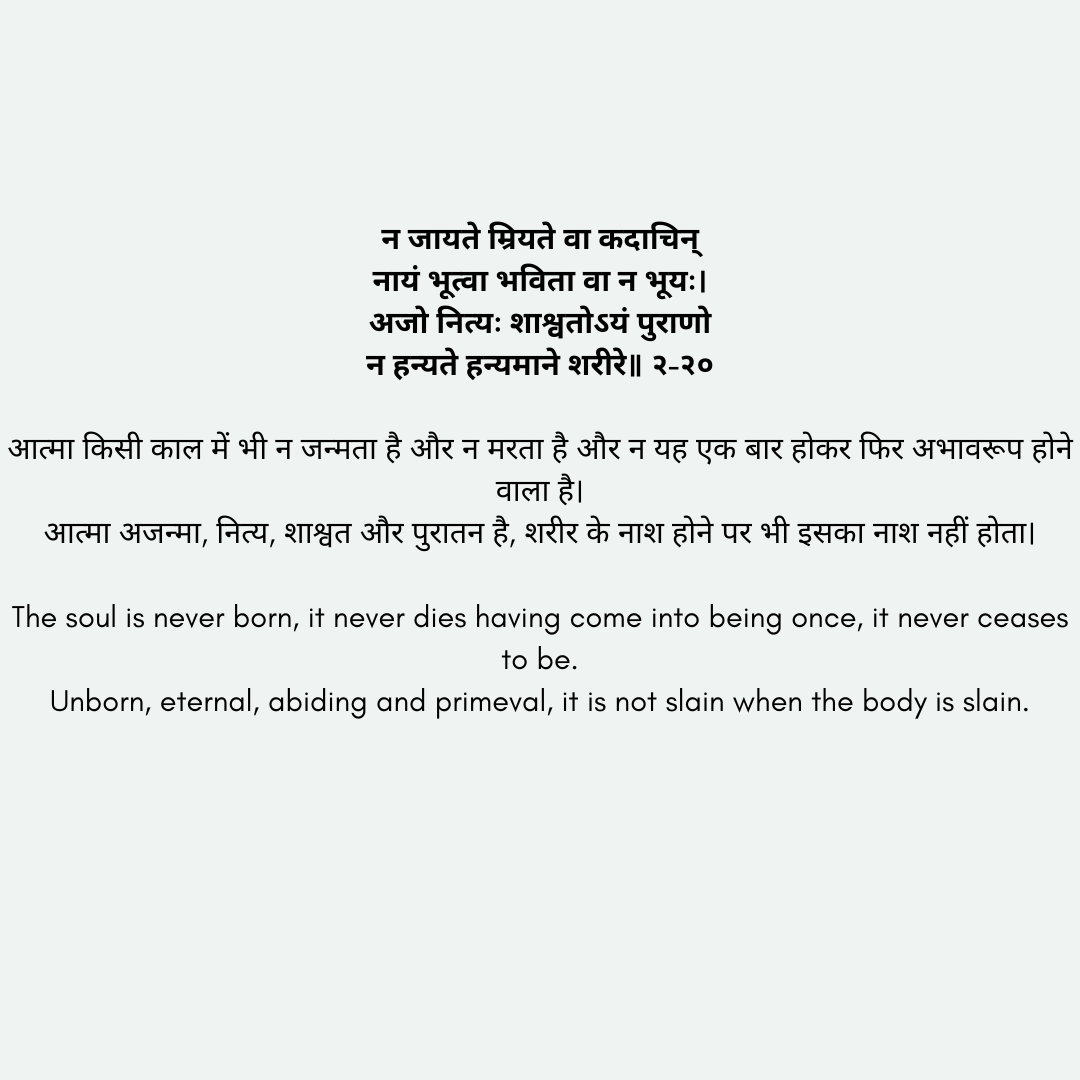Hindi language, also known as हिन्दी (Hindi Bhasha), is among the most used tongues in the world. It holds an important place in India's cultural, historical, and linguistic landscape.
This comprehensive guide will explore the history, importance, different dialects, and exciting facts about the Hindi language. Whether you are interested in learning Hindi or want to enhance your understanding of this rich language, this article will be an informative resource.

All About the History of Hindi Language
The roots of Hindi language can be traced back to the ancient Indo-Aryan languages spoken in the Indian subcontinent around 1500 BCE. History of Hindi language belongs to the Indo-Aryan branch of the Indo-European language family and shares similarities with other languages such as Sanskrit, Pali, Urdu, Gujarati, and Punjabi. In written language found in Bangla, Awadhi, and Braj, modern Hindi dates back to the 12th century.

- Hindi language has a big influence on Bollywood.
It developed as a colloquial form of communication in the region and gradually evolved into a standardised language over centuries. Both Hindi and Punjabi have roots in Sanskrit. During the mediaeval period, Hindi literature flourished under the patronage of various kingdoms and dynasties. Prominent poets and scholars like Kabir, Tulsidas, and Surdas made significant contributions to Hindi literature during this time.
The Mughal Empire, with its Persian influence, further enriched the Hindi language by incorporating Persian and Arabic words into its vocabulary. In the 19th century, there was a rise in the Indian independence movement. As a result, Hindi became a symbol of national identity and played a vital role in uniting people across the country. After India gained independence in 1947, Hindi was officially adopted as the official language of the Indian government in 1950.
Today, Hindi is spoken by millions of people in India and several regions of the globe. This makes it among the most widely spoken languages globally.
Early History Of the Hindi Language
The early history of the Hindi language can be traced back to the ancient Indo-Aryan language family, which emerged in the Indian subcontinent around 1500 BCE. The Indo-Aryan language family is a branch of the larger Indo-European language family.
The development of Hindi can be understood through different stages:
- Vedic Sanskrit: The earliest form of the Hindi language can be traced to Vedic Sanskrit, the sacred language of the Rigveda and other Vedic texts composed between 1500 BCE and 500 BCE. Vedic Sanskrit, characterized by a highly inflected grammar and complex morphology, served as the language of religious rituals and hymns.
- Classical Sanskrit: By around 500 BCE, Vedic Sanskrit evolved into Classical Sanskrit, a refined and standardized form of the language. Classical Sanskrit became the language of learning, literature, and intellectual discourse in ancient India. Many ancient texts, including the Mahabharata and Ramayana, were composed in Classical Sanskrit.
- Prakrit Languages: Alongside Sanskrit, several Prakrit languages emerged as the vernaculars of the people. These Prakrits were derived from the earlier Vedic Sanskrit and gradually developed into various regional languages, including what would later become Hindi.
- Apabhramsha: During the medieval period (from the 6th to the 13th century), Apabhramsha emerged as a literary language. It was a transitional stage between the Prakrits and the early modern Indo-Aryan languages, including Hindi.
- Early Modern Hindi: The development of Hindi as a distinct language gained momentum during the medieval period. Influenced by the local vernaculars and regional dialects, Hindi started to diverge from its predecessor languages. The use of Devanagari script became prevalent, providing a standardized writing system for Hindi.
- Influence of Persian and Arabic: During the Delhi Sultanate and Mughal Empire (13th to 18th century), Persian and Arabic had a significant impact on Hindi. Persian vocabulary and Arabic loanwords were assimilated into the language, enriching its vocabulary and introducing new literary genres.
- Bhakti Movement: The Bhakti Movement, which emerged in the medieval period, played a crucial role in shaping the Hindi language. Bhakti poets composed devotional verses in regional languages, including Hindi, making it accessible to the masses and contributing to its growth.
Why You Should Learn About The Hindi Language?
Learning Hindi offers numerous advantages, both personal and professional. Hindi is the third most popularly spoken language in the world, with over 580 million speakers. By learning Hindi, you can communicate with a significant portion of the Indian population and gain access to a vast cultural and business landscape.
Moreover, it may enhance your travel experiences within India, allowing you to connect with locals and navigate the country more effectively. Hindi is also an official language of the Indian government, and proficiency in Hindi can open up job opportunities in various sectors such as tourism, hospitality, translation, teaching, and diplomacy.
Furthermore, Hindi cinema, popularly known as Bollywood, has a global reach, and understanding Hindi can provide a deeper appreciation of Indian films and music.
Practice listening and pronunciation with spoken Hindi classes online.

Places Where Hindi Is Most Spoken In India
Hindi is widely spoken across various regions in India. Here are some of the places where Hindi is most commonly spoken:
- Uttar Pradesh: Uttar Pradesh is the most populous state in India and Hindi is the official language of the state. Hindi is widely spoken in cities like Lucknow, Kanpur, Varanasi, and Agra.
- Bihar: Hindi is the official language of Bihar, and it is extensively spoken in the state. Cities such as Patna, Gaya, and Muzaffarpur have a significant Hindi-speaking population.
- Madhya Pradesh: Hindi is the official language of Madhya Pradesh. Major cities like Bhopal, Indore, Jabalpur, and Gwalior have a large Hindi-speaking population.
- Rajasthan: Hindi is widely spoken in Rajasthan, along with Rajasthani. Cities like Jaipur, Jodhpur, Udaipur, and Kota have a substantial Hindi-speaking population.
- Haryana: Hindi is the official language of Haryana. It is widely spoken in cities such as Faridabad, Gurgaon, and Hisar.
- Delhi: Hindi is one of the official languages of the national capital territory of Delhi. It is widely spoken and understood by the majority of the population.
- Uttarakhand: Hindi is the official language of Uttarakhand. Cities like Dehradun, Haridwar, and Nainital have a significant Hindi-speaking population.
- Chhattisgarh: Hindi is the official language of Chhattisgarh, and it is extensively spoken in the state. Major cities like Raipur, Bilaspur, and Bhilai have a substantial Hindi-speaking population.
- Jharkhand: Hindi is one of the official languages of Jharkhand. Cities like Ranchi, Jamshedpur, and Dhanbad have a significant Hindi-speaking population.
- Himachal Pradesh: Hindi is widely spoken in Himachal Pradesh, along with the regional languages. Shimla, Dharamshala, and Manali are some of the cities with a Hindi-speaking population.
Different Dialects of Hindi Spoken in India
India is a linguistically diverse country, and Hindi has several regional dialects. The major Dialects of Hindi include:
Braj Bhasha: Spoken primarily in the Braj region of Uttar Pradesh and Rajasthan, this version is known for its association with Lord Krishna and is commonly used in devotional poetry and songs. Therefore, Braj Bhasha is known as a spiritual dialect language.
Awadhi: Spoken in the Awadh region of Uttar Pradesh, Awadhi has influenced many Hindi literature works, including the famous Ramcharitmanas by Tulsidas. Apart from India, Awadhi is also common in Nepal and Fiji.
Bhojpuri: Widely spoken in Bihar, Madhya Pradesh, and eastern Uttar Pradesh regions, Bhojpuri has gained popularity through Bhojpuri cinema and folk music. Some parts of Nepal and Mauritius also use this language.
Marvadi/Rajasthani: Spoken in the state of Rajasthan, Rajasthani has various dialects, including Marvadi, Jaipuri, and Mewari.
Khadi Boli: This dialect is spoken in Uttarakhand, Western UP, and Haryana. Khari implies standing, and Boli means dialect. Some of the popular written poetry works in Khadi Boli Are from writers Kabir and Lokratna Pant.
Haryanvi: Predominantly spoken in Haryana, Haryanvi has a distinct vocabulary and pronunciation. This dialect is most known for its swag and bluntness.
How to choose the right Hindi dialect
Choosing a dialect to learn primarily depends on your specific interests, the region you plan to visit or work in, and the people you aim to communicate with. Standard Hindi, known as "Khadi Boli," serves as the base for most Hindi dialects and is widely understood across different regions of India. Therefore, learning Standard Hindi will enable you to communicate effectively with a broader range of Hindi English speakers.
Join a Hindi class to learn this useful language today.

- Hindi is a part of various school curricula.
However, if you've got a particular affinity for a specific region or plan to spend an extended period in a particular state, it may be beneficial to learn the local dialect. This allows for deeper immersion in the local culture and a better understanding of the nuances and subtleties of the language spoken by the local population.
It's important to note that while the dialects may vary in vocabulary, pronunciation, and grammar, they are all rooted in the Hindi language. Therefore, acquiring a solid foundation in Standard Hindi may offer you the necessary skills to understand and adapt to different dialects as you encounter them.
The Influence of the Hindi Language in Asia and the World
The influence of Hindi language in Asia language holds immense significance in India's cultural, social, and political spheres. As the official language of the Indian government, Hindi plays a vital role in administrative, legal, and educational systems. It unifies the diverse population of India by providing a common language for communication and governance.
Hindi may not be the national language, but it works well as an official language alongside other dialects. These dialects may be similar to Hindi.
Moreover, Hindi has also played a significant role in shaping the cultural landscape of India. It serves as the language of choice for the country's literature, poetry, music, and film.
Bollywood, the Hindi film industry, is globally renowned and has contributed to the popularity and spread of the Hindi language worldwide. The melodious Hindi songs and vibrant storytelling in Indian films have captivated audiences around the globe, creating a deep interest in the language and culture.
Beyond India's borders, Hindi has a considerable influence in neighbouring countries. Countries such as Nepal, Bangladesh, Fiji, and Mauritius have a significant Hindi-speaking population. The Indian diaspora, dispersed across the world, has also contributed to spreading and preserving the Hindi language.
Hindi learning centres, cultural organisations, and community events cater to the needs of Hindi learners and provide a platform for promoting the Hindi language and culture.
Fun Hindi Language Facts
Here are some fun Hindi facts that might encourage you to learn more:
- The Hindi language is written in the famous Devanagari script, which consists of 48 characters, including vowels and consonants. Each character represents a specific sound, making it a phonetic script.
- Hindi draws heavily from Sanskrit, one of the oldest languages in the world. Sanskrit words and grammatical structures are integral to Hindi vocabulary and grammar.
- Similar to many other Indo-European languages, Hindi assigns gender to nouns. Nouns can be masculine or feminine, and adjectives and verbs change accordingly.
- In Hindi, the verb usually comes at the end of the sentence. The subject-object-verb (SOV) word order is expected in Hindi sentences.
- Hindi uses a mixture of Persian and Sanskrit numerals. While the modern Indian numbering system is commonly used daily, traditional Sanskrit numerals are prevalent in literature, religious texts, and formal contexts.
- Hindi in early 1900s saw a rise in print media, including children's journals such as Balak, Balsakha' and Kanya Manorajan. These were valuable tools in instilling patriotism and nationalism.
Discover a Hindi class near you today on Superprof!
-

Learn Hindi to experience authentic India.
Learn the Hindi language on Superprof
One of the best options to learn Hindi is by understanding the Devanagari script, which consists of 48 characters representing vowels and consonants. With the right learning materials and guidance, you can quickly grasp the basics of reading and writing in Hindi.
Hindi is a rich and widely spoken language with deep cultural and historical significance. Learning Hindi opens up a world of opportunities, both personally and professionally. If you're interested in learning the Hindi language, platforms like Superprof provide a convenient way to find experienced and qualified Hindi tutors.
Superprof offers personalised Hindi lessons tailored to your needs, whether you're a beginner or looking to advance your existing skills. Moreover, the first demo lesson is free to get familiar with your Hindi tutor.
Superprof tutors can help you with various aspects of learning Hindi, including vocabulary, pronunciation, grammar, conversation, and cultural understanding. You may improve your skills and learn to write well with one-on-one lessons.
Superprof offers a diverse range of Hindi tutors, allowing you to choose someone who aligns with your learning style and objectives. Tutors can provide structured lesson plans, learning materials, and exercises tailored to your needs and goals. Develop a strong foundation in the language with Superprof tutors.
Moreover, to learn Hindi, use free, reliable resources such as a reputable website, an informative book exercise, and well-structured courses. Choosing the best Hindi Learning materials is crucial for developing a solid foundation in essential reading, speaking and understanding nouns.
Learn to speak and write with a Hindi class in your city.


















